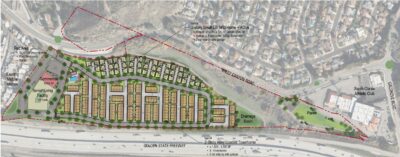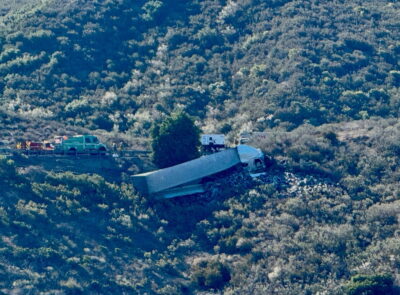A youth detention center is supposed to be a temporary space for rehabilitation. On paper, it’s a place a young offender goes after they’ve made a mistake to learn about what they’ve done, why it’s wrong, and how to get back on the right path. It’s not a place for long-term punishment.
Again, on paper.
Unfortunately, things are much different in reality. When state inspectors walked into some of the youth detention centers in California last year, technical violations were the least of their concerns. They found a system that was cracking at the seams. Doors don’t lock, showers don’t work, teens are unsupervised… At Central Juvenile Hall in Los Angeles, inspectors called the conditions ‘unsuitable’ for youth. To you, unsuitable may not seem too bad, but the state doesn’t throw around that word lightly.
It seems as though the facilities that should keep young people on track only make things worse and although the Board of State and Community Corrections (BSCC) keeps flagging issues, not much happens.
Counties push back, timelines keep stretching into oblivion, and accountability? Does that even exist at this point?
Where Things Are Breaking Down Inside the System
Writing rules doesn’t mean a thing if you don’t enforce them, and California’s youth detention centers aren’t doing a good job at the latter. The issues that inspectors keep finding affect kids’ safety, health, and chances of turning their lives around. These problems aren’t new, plus to make it worse, they’re not isolated.
Here’s where it’s all falling apart.
- Not Enough Staff and Supervision
Staffing is one of the biggest problems inside juvenile halls right now. A lot of facilities don’t have enough officers or counselors on duty, and the ones who are there are stretched thin. That means less supervision, more fights, and programs getting cancelled because there’s no one available to run them.
In some cases, kids are left alone in their rooms for hours because there aren’t enough staff to watch the floors. It’s a setup that’s risky for everyone involved, even the system itself.
- Facilities Falling Apart
Some of California’s youth detention centers are in such bad shape that they barely function. Inspectors have found leaking pipes, moldy ceilings, broken toilets, faulty air conditioning, and doors that don’t properly lock. Aside from being old, these buildings are completely neglected.
A lot of them haven’t been updated in decades and issues with maintenance stay unfixed for who knows how long. And for kids who are already dealing with trauma, being locked up in crumbling, overheated cells only adds to the harm.
- Mental Health Isn’t Being Handled
A lot of kids who end up in detention are already traumatized, and many struggle with mental health conditions. But instead of getting the support they need, they’re usually either ignored or isolated. Some facilities use room confinement instead of proper care because they don’t have enough trained staff. Others simply don’t have consistent access to therapy and psychiatric services.
The result?
Kids acting out, shutting down, or hurting themselves in places that are supposed to help them heal. When you think about it, these places aren’t so much rehabilitation as they are just giant warehouses of all kinds of pain.
- Oversight That Doesn’t Stick
Even when inspectors clearly document serious violations, the response is slow and vague. Counties can appeal a finding or ask for more time. In the meantime, the facility keeps running like nothing happened. In some cases, centers that were declared unsuitable for youth stay open for months while the county works on a plan.
With this kind of delay, what’s really the point of oversight? If there are no real consequences, why fix anything? It looks like the system relies on trust instead of enforcement, which is not enough to make changes.
What Happens When Oversight Fails
When the state points out serious problems inside a facility of this kind and nothing changes, this affects real people.
Yes, policies get broken, too, but that’s just the tip of the iceberg. Young people who are already in a bad place end up staying somewhere where they don’t feel safe, let alone supported. They feel forgotten and that can leave deep scars, whether that’s emotional trauma, missed education, or even physical injury.
Over time, the damage builds, and so does public frustration. Families lose faith in the system, advocacy groups call for answers, and some young people who have been through it speak out to push for justice and reform. In cases that are more severe, the state has threatened to take control of the facilities or cut funding to force them to change things around.
But even then, change moves at a snail’s pace. For some families, especially those dealing with the worst cases of abuse, the only way to hold someone accountable is to take legal action with the help of a California youth detention center sexual abuse lawyer.
Yes, you read that correctly.
(thankfully) This happens, too.
Conclusion
As of right now, California is not rehabilitating young people; it’s punishing them and setting them up for more trauma. And you could say that there’s not enough staff, there’s no money for the upgrades, Rome wasn’t built in a day, so it’s normal that changes take a long time to happen, etc.
But who is really accountable here? How long will we keep making excuses for the system that obviously doesn’t work?
Maybe the system needs a little correction of its own.






